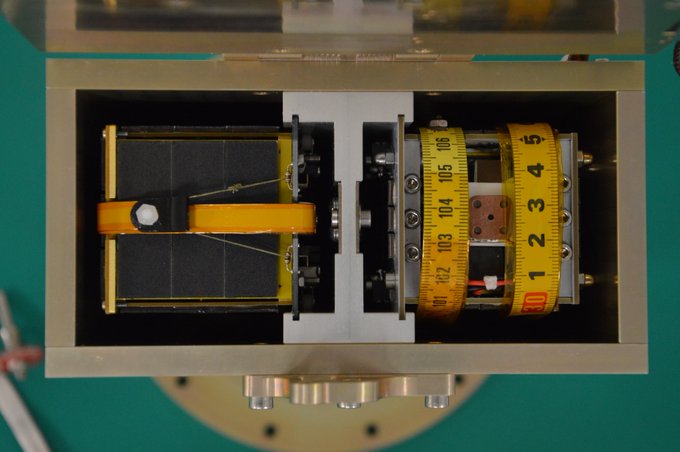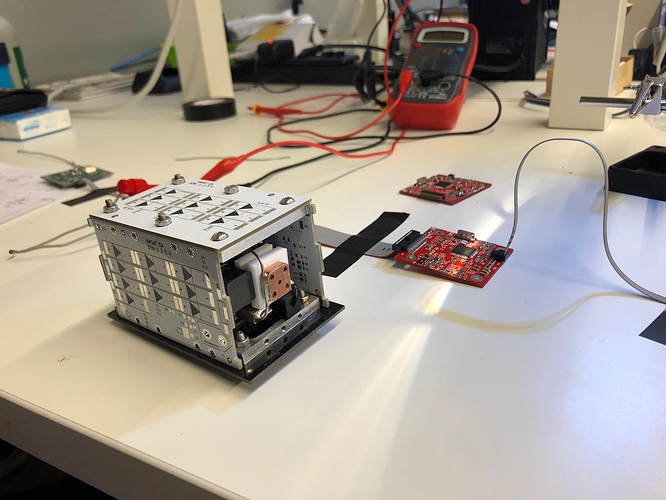@ironman, thanks for the follow up on this! It has been a while since I posted stuff here, but there has been massive progress since the last I did. I have been posting heavily on the AIS website, Twitter, and Instagram about all the updates on this, and a lot has happened since.
I am actually literally a week away from my first ever ignition test of the electrospray thruster, which I have named the AIS-ILIS1. There have been a lot of setbacks with electronics challenges, shipping issues, 3 month wait on manufacture of the ion emitters, and several roughing pump failures, but I am finally ready for testing. I will put up a thread specifically here on the new electrospray thruster reviewing everything that has happened to date on it, as well as the results of the first test. It has a lot of people excited in the community though. It will be the first ever PQ compatible ion thruster that I have seen built anywhere, and can easily be clustered for Cubesats as well. For the ILIS1 module, at 1.6W max power, based on empirical scaling data and trends for this technology, I am expecting a thrust level of 22uN with an ISP of no less than 3500s. At a thrust/power ratio of 14uN/W, it will have enough performance for orbital maneuvers, station keeping for PQs and Cubesats at LEO, and will be over 10x lower in price than currently available micro ion thrusters for Cubesats on the market (Enpulsion IFM Nano, Morpheus Space nanoFEEP, and Accion Systems TILE), which would allow any nanosat team to access performance ion propulsion. The first gen module is 45x45x15mm including electronics, thruster and fuel (which is all passively fed via capillary action and stored in the porous glass reservoir.)
As an update regarding the AIS-gPPT3-1C, it has been successfully integrated onboard the AMSAT-Spain GENESIS N and L PocketQubes, and is scheduled for launch this September, passing vibration testing as well. It is on it’s way for integration into the deployer this August. Here are some photos of the integrated thruster:

In addition, all of my completed thrusters to date have been officially released under the CERN Open Source Hardware License v2. My new thrusters going forward will also be released under this license as while. You can see details of the license here: Cern ohl version 2 · Wiki · Projects / CERN Open Hardware Licence · Open Hardware Repository
I also have several new thruster builds underway. The AIS-ePPT1 is an improved PPT that takes lessons from the gPPT3 and increases reliability. The AIS Io Series is a set of solid iodine fueled RF gridded ion and RF plasma thrusters for Cubesats at higher power levels (50W and up.)
Finally, I will also be releasing open source thruster learning kits to allow anyone to play with these propulsion systems without a vacuum. The first two kits will be for the gPPT3 and the ILIS1. They have the same I/O as the real thrusters, same size, and have 3D printed thrusters than bolt the the board in the same way, and use the same commands to control onboard LEDs to simulate thruster operation. If you can control the kit version, you can control the real thing!
Lots of exciting stuff to come!

